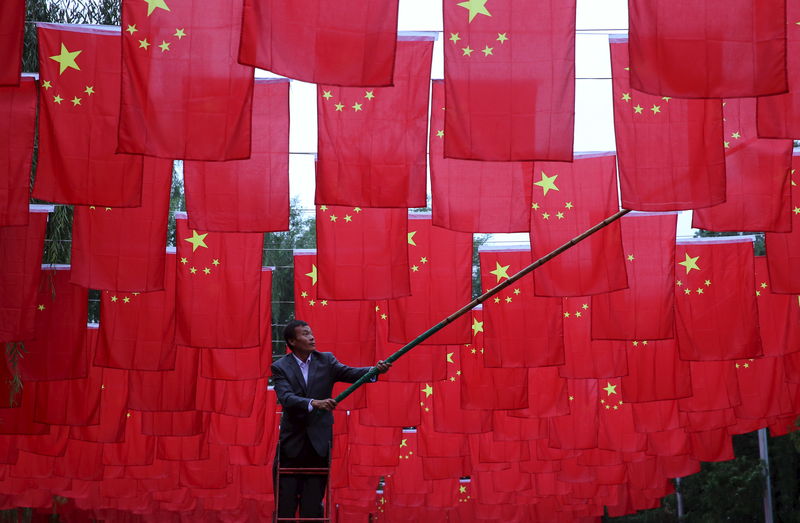Investing.com -- Chinese consumer inflation contracted in May from the prior month, data showed on Friday, while factory gate inflation sank at its fastest pace in seven years as a slowing post-COVID economic recovery kept spending limited.
CPI sees little support as economy remains weak
China’s consumer price index (CPI) inflation fell 0.2% in May from the prior month, data from the National Bureau of Statistics showed. This followed a 0.1% month-on-month decline in April.
CPI rose 0.2% in the 12 months of May, missing estimates for a rise of 0.4%, but coming slightly higher than the prior month’s reading of 0.1%.
Friday’s reading follows a string of dismal business activity and trade data prints over the past two weeks, which raised further questions over a slowing economic recovery in the country.
Spending has also remained constrained despite multiple stimulus efforts from the government. Chinese consumers remained wary of unlocking savings over the past three years, while fears of more disruptions and regulatory conflict saw private investors steer clear of China.
PPI points to sustained manufacturing decline
Chinese factory gate inflation continued to decline, with producer price index (PPI) inflation declining at its worst pace since February 2016, which was during the tail-end of the yuan devaluation shock of 2015.
PPI fell 4.6% in the 12 months to May, extending a decline after falling 3.6% in the prior month.
The reading follows weak manufacturing activity indicators for May, which showed that China’s biggest economic engines were struggling despite the lifting of anti-COVID measures earlier this year.
The sector is also grappling with weakening overseas demand for Chinese goods, as economic conditions across the globe worsen.
Friday’s dismal inflation readings come despite several efforts by the government to shore up local liquidity. China’s biggest state-run banks cut interest rates on yuan deposits this week, potentially heralding a broader interest rate cut by the People’s Bank.
The yuan hovered near seven-month lows after the inflation data, with the outlook for the Chinese currency remaining dour.
